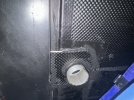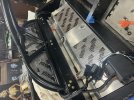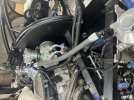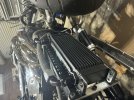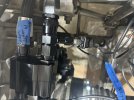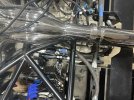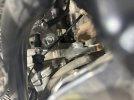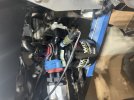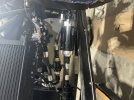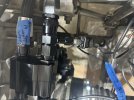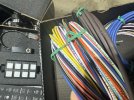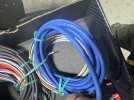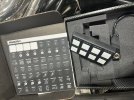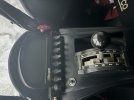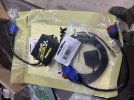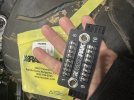Ken Roberts
Supporter
The radiator cap/ surge tank should be on the low pressure side of the cooling system (after the radiator). Your planned location unfortunately is the high side flow. The experts mention that during high engine rpm the pressurized radiator cap could eject coolant if installed on the high pressure side.
In my opinion that current tank would impede the flow of coolant to the radiator. I don’t see its purpose. I would still convert it to a surge tank but plumb it over to the passenger side low pressure coolant flow. Install a tee in the hose coming out from the 3/4” nipple and then run it over to a 3/4” hose barb at the bottom of the surge tank.
In my opinion that current tank would impede the flow of coolant to the radiator. I don’t see its purpose. I would still convert it to a surge tank but plumb it over to the passenger side low pressure coolant flow. Install a tee in the hose coming out from the 3/4” nipple and then run it over to a 3/4” hose barb at the bottom of the surge tank.
Last edited:



